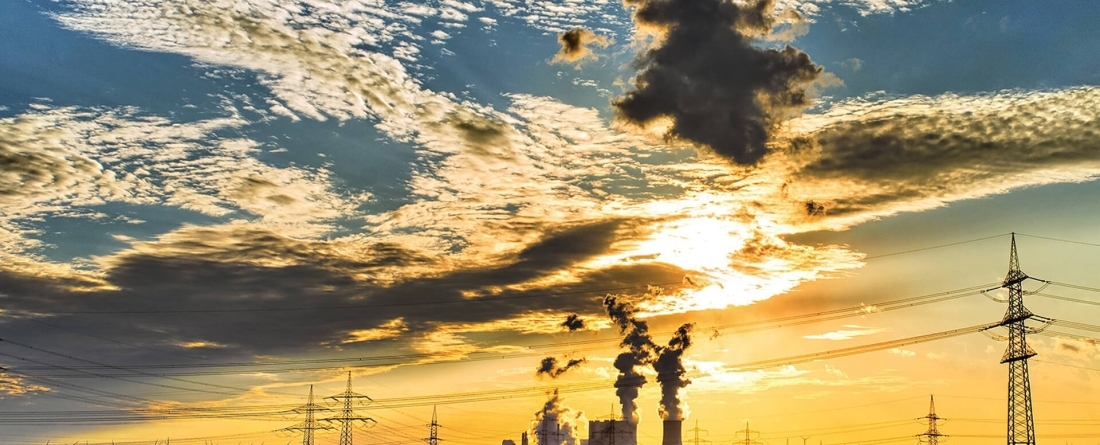
Written as commentary by Nate Hultman, Christina Bowman, and the GCAPD research team.
The recent IPCC 1.5 report dramatically underscores the critical importance of a rapid phasedown in global coal use. Pathways consistent with keeping warming under 1.5 degrees imply reductions of roughly 60-80% by 2030 and between 90-100% by 2050. And as the world’s largest coal consumer and largest GHG emitter, China is the single most important player in a successful global coal phasedown strategy. Our recent CGS State of Global Power report demonstrated the core necessity of a dual strategy of both phasing out existing coal capacity as well as ensuring that planned new capacity is not built. Until recently, it appeared that central government efforts to throttle back the hitherto blistering pace of Chinese coal build out, a recent report by CoalSwarm has surprised many indicating that a much larger number of coal plants than expected are still being planned and built.
CoalSwarm estimates that 259 GW of new capacity are now under development in China, comparable to the entire U.S. coal fleet (266 GW). This would represent a 25% increase in China’s already massive coal power fleet. At a critical juncture where countries are assessing how to implement the Paris Agreement, these new findings indicate that the Chinese central government’s efforts in scaling down the expansion of coal power capacity is less effective than originally intended or previously reported. These new estimates indicate that a large number of plants that had been slated for suspension or cancellation are indeed moving forward. For example, our research earlier this year indicated a total of 218 GW of coal power projects under development in China, among which 106 GW were under construction. Beyond that, another 159 GW of projects were on the central government’s list for plants to be cancelled or suspended.
This new trajectory of coal power in China would drive China rapidly away from both domestic and global Paris climate goals, and endangers the attainment of the 1100 GW national cap on total installed coal power capacity by 2020. It also exacerbates an existing coal overcapacity problem as the current coal power generation fleet is now running at less-than-half capacity on average.
So what lies behind this recent trend? Notably, a recent effort to decentralize permitting within provincial governments from 2014-2016 resulted in over-permitting for coal plants in China. Since then, the Chinese central government’s attempts to control the overcapacity problem since early 2016 have been unfortunately inadequate. On the positive side, new capacity additions dropped significantly in 2017 and 2018: 35 GW in 2017, 15 GW in the first half of 2018. However, the CoalSwarm report shows that despite the central government’s effort to curb new coal production, these restrictions appear to have only delayed -- and not stopped -- new coal projects.
Since the beginning of 2018, China has seen a surge in electricity consumption, coupled with the rise in coal power generation. As a result, current policies have shifted from addressing overcapacity to improving air quality in China, such as upgrading local pollutant emission controls and retiring small and inefficient units. On the one hand, 34 units have been removed from the suspension list, and fewer provinces are under the overcapacity control. According to the National Energy Administration (NEA)’s risk and warning system for coal power planning and construction issued in May 2018, of the 218 GW of new projects that we find are currently under development, more than half are located in provinces that are evaluated as “red” (118 GW) or “orange” (21 GW) with respect to overcapacity. NEA issued guidance for the “red” and “orange” provinces to temporarily suspend new project permitting and construction. The first issue of NEA’s risk and warning system for coal power planning and construction in 2016 categorized 27 “red” provinces in overcapacity, but in May 2018 reduced the “red” provinces to 17, while increasing the number of “green” provinces from three to ten.
On the other hand, more than 10 provinces have issued plans to shut down a total of 40 GW small and inefficient units this year, to combat air pollution. Although replacing old, small, inefficient units with larger, more efficient units have temporary benefits by lowering emissions on a unit basis, any new addition of coal power capacity that is inconsistent with the Paris Agreement will end up in premature retirement, and become stranded assets. Factoring these new developments, China’s new coal trajectory will exceed its own 1100 GW coal power cap through 2020. The 1100 GW cap in 2020 is likely to be achieved through closure of old fleet instead of completely stopping new coal project builds.
As our work and many others’ has shown, continued build out of coal power projects in China is inconsistent with global climate goals. Despite significant efforts by the Chinese central government to reduce their rate of construction, China continues to develop more than 200 GW of new capacity, a capacity much greater than the total fleet of most other countries. The math is unfortunately quite clear: In order to keep the world on a 1.5 or 2 C pathway -- and thereby avoid the risks and significant damages of more severe climate change, countries must cancel essentially all of their newly proposed coal-fired power projects -- particularly in the key economies. Rapid attention to this new negative development in China will be needed by the Chinese national and provincial governments and the global community -- paying attention not only to the emissions implications of coal but also building in other important elements such as air pollution and economic transitions for those affected in the industry.



